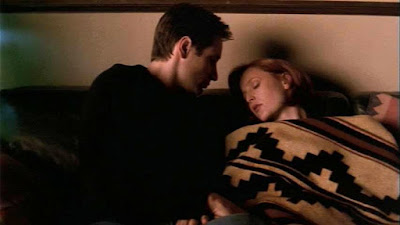Writing a relationship between characters into a strong plot, requires understanding the principles of plot . . . and how to apply them to a relationship journey.
So far, we have covered the four basic types of relationship arcs.
How the primary principles of plot apply to relationships (goals, antagonists, conflict, and consequences).
And how the secondary principles of plot apply to them (progress, setbacks, costs, and turning points).
Today we will finish up with that by going over the tertiary principles: plans, gaps, and crises.
I've already covered these topics in depth for plot in general. In this series, I'm specifically applying them to relationships. So, if you need more explanation on any of them, please see . . .
The Primary Principles of Plot: Goal, Antagonist, Conflict, Consequences
The Secondary Principles of Plot: Progress, Setbacks, Costs, Turning Points
The Tertiary Principles of Plot: Plans, Gaps, Crises (Sample)
With that said, let's jump in!
Plans in Relationship Plots
Having a plan to get the goal not only reinforces the goal itself (because it shows the character wants the goal), but it also reinforces a sense of progress. When the audience knows what's supposed to happen, they can tell whether what is happening is bringing the character closer to, or further from, the desired outcome. And every setback feels sharper.
Plans make the plot feel more specific, and less vague.
Now in some stories, the plan may be more subtle and implied, while in others, it may be more blatant and spelled out. Regardless, the audience typically benefits from knowing how the character intends to move forward (though all rules can be broken for the right reasons). . . .
. . . Earlier we talked about how at the basic level, the character is trying to draw closer to or push away from the other character. (Or in some cases, maintain the current situation.)
How are they going to do that? . . .
(Register for The Triarchy Method for full information)
Gaps in Relationship Plots
The gap is that space between what the character expects to happen and what actually does happen.
In a plan, the character thinks they know what they need to do to get the desired outcome. So the character takes an action, but when reality delivers something different than anticipated, it creates a gap. . . .
(Register for The Triarchy Method for full information)
Crises in Relationship Plots
In the writing community, a crisis is also called a "dilemma." Two terms for the same concept.
A crisis is when the character has to make a choice between two opposing paths (cause-and-effect trajectories). And she can't have both.
The choice is difficult because each path has significant stakes.
The crisis is a moment where we lay out the different pathways a plotline can go, depending on what the character chooses. . . .
. . . In relationships, this is where it typically fits as well. . . .
Recall my explanation of relationship turning points, which can be more or less summed up with this:
Action or Revelation --> Character A's Vulnerability --> Accepted or Rejected (or, Neglected) by Character B.
When Character A is vulnerable, there are at least two pathways for Character B:
1. Accept and/or draw closer.
2. Reject and/or push away.
A third option is neglect, which often works as . . .
(Register for The Triarchy Method for full information)
Continue to "Structuring Your Relationship Plotline" (Sample) -->
Related Articles
The 4 Basic Types of Relationship Arcs
Writing Relationship Arcs into Plots: Primary Principles
Writing Relationship Arcs into Plots: Secondary Principles (Sample)
The Tertiary Principles of Plot: Plans, Gaps, Crises (Sample
What is a B Story? 6 Key Qualities of B Stories
Writing the Influence Character
Read Other Resources on Relationships
The Relationship Thesaurus Angela Ackerman and Becca Puglisi at Writers Helping Writers
Romancing the Beat by Gwen Hayes
How to Write Three Types of Friendship Arcs by Mythcreants

























Three part series. Sully, Sulley, Scully. Which is it?
ReplyDeleteHey there, Sulley and Scully are two different characters from two different stories. Sulley is the blue monster from the movie Monsters Inc. Scully is the main female lead of the t.v. show The X-Files. I don't think I've used "Sully." The names are spelled very similarly, although the characters and shows are completely different from each other.
DeleteThe fact the names are spelled similarly is just a coincidence that came up from the examples I chose.